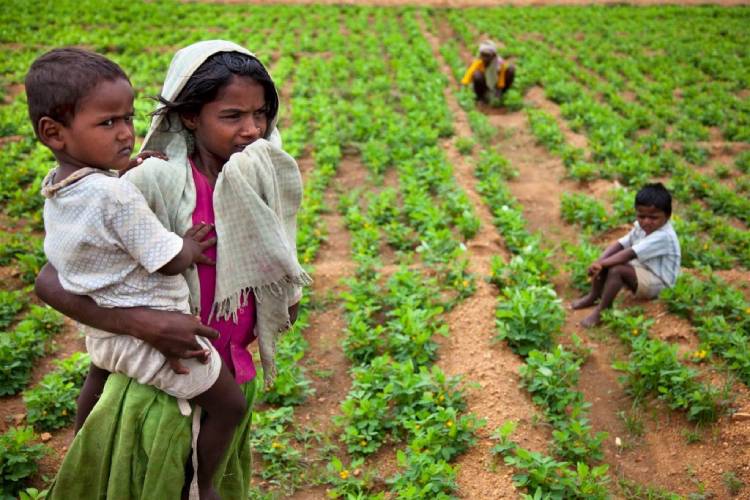Efforts to contain COVID-19 have included the closure of schools globally. So far, 1.2 billion children in 186 countries have been affected. Given that access to internet and digital resources is not uniform for all students, existing inequalities have been exposed and compounded the lived experiences of the children of the tea plantation communities in Sri Lanka, Amnesty International said.
The sudden closure of schools on 12 March to tackle the spread of COVID-19 saw the education system responding swiftly with a slew of interim measures to seek to continue education through online and other methods of distance education. However, the shift to online learning received mixed reactions amplifying the already existing socio-economic inequalities entrenched in the state’s educational framework including those children living on tea plantations.
LIRNEasia’s latest report states that only 34 percent of Sri Lankan households with children (i.e. those aged 18 years and below) has some type of connection to an internet device to access e-learning, ranging from online classrooms to tutorials disseminated through social media platforms. However, amongst the lowest socio-economic groups the number of households with access to internet connectivity dropped significantly to 21 percent. Clearly, this means the vast majority of students have been unable to access e-learning during the COVID-19 school closures.
For the children in plantation communities, access to e-learning during the COVID-19 school closures has simply not been viable.
Parents have had to either mortgage or acquire small loans to firstly buy mobile phones, and then subsequently top-these up with data packages to support their children connect to internet. Even then the pre-requisites of uninterrupted electricity and reliable internet connectivity are uneven and patchy at best, and both children and parents lack the knowledge to understand and navigate online tools in a safe and secure way.
Their situation is further compounded by the lack of a suitable learning environment as families including children reside in line-houses. A single barrack accommodates between six and 12 or 24 line rooms, which are usually dark without windows and ventilation. Most of the children in the plantation community reside with extended families of approximately six to 11 members sharing space and living in one line room.
In these circumstances it is not surprising that, children belonging to plantation communities have trailed behind their rural and urban counterparts with respect to education. (Colombo Gazette)

